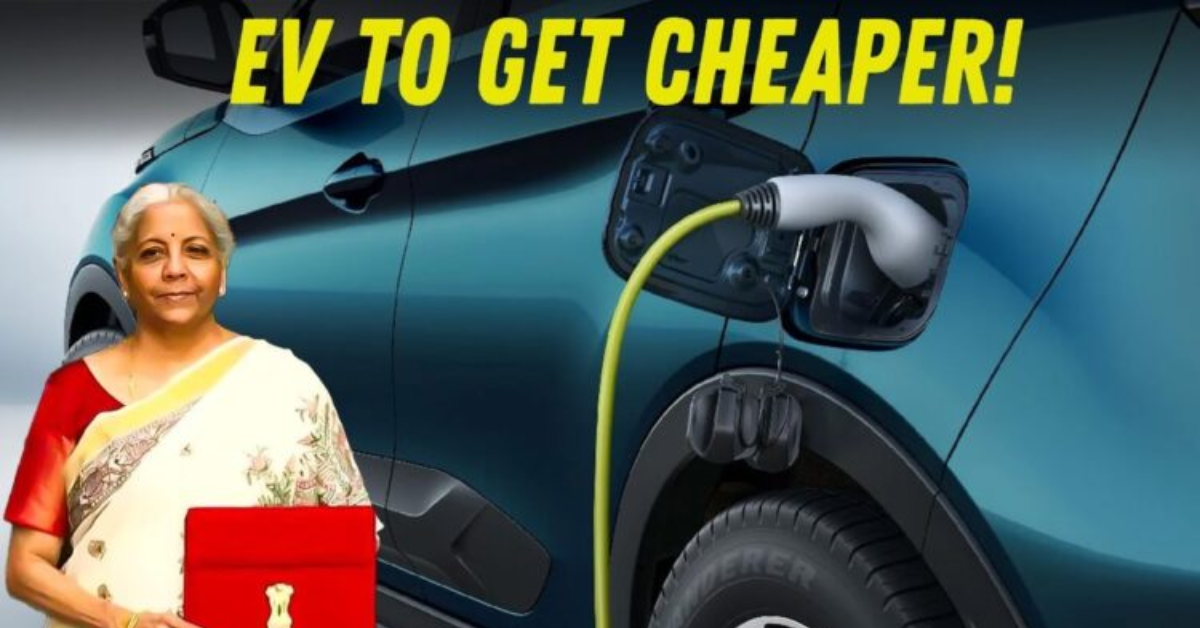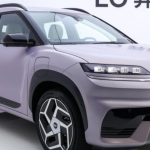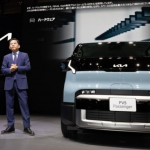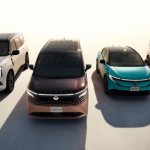The Union Budget 2025 is expected to bring significant reforms that may make electric vehicles (EVs) more affordable for Indian consumers. With a focus on sustainable transportation, the government is likely to introduce new policies, subsidies, and tax benefits to boost EV adoption. But will these measures be enough to make EVs a common sight on Indian roads? Let’s analyze the potential impact of Budget 2025 on the EV industry.
Expected Provisions for EVs in Union Budget 2025
- Lower GST on EVs
- The government may reduce the GST on electric vehicles from the current 5% to a lower percentage, making EVs more budget-friendly.
- Battery manufacturing and EV components may also see tax cuts to encourage domestic production.
- Increased Subsidies and Incentives
- The FAME (Faster Adoption and Manufacturing of Electric Vehicles) scheme is expected to receive a fresh boost.
- More subsidies for EV buyers, especially for two-wheelers and budget-friendly models.
- Lower Import Duties on EV Components
- Reduction in import duties could make high-performance batteries and essential EV components cheaper.
- This would promote local manufacturing, aligning with the ‘Make in India’ initiative.
- Charging Infrastructure Development
- Increased budget allocation for setting up public charging stations across urban and rural areas.
- Incentives for private entities to invest in fast-charging networks.
- EV Financing and Loans
- The government may introduce lower interest rates on EV loans through public sector banks.
- Special incentives for companies that invest in green fleets.
Impact on Indian Consumers
- Lower Prices: More incentives and tax reductions could make EVs competitive with petrol and diesel vehicles.
- Better Charging Infrastructure: Increased accessibility to charging stations will reduce range anxiety.
- Long-Term Savings: Lower maintenance costs and incentives on electricity consumption will further benefit EV users.
Industry Expectations
- EV Manufacturers: Companies like Tata Motors, Ola Electric, and Mahindra Electric anticipate strong policy support.
- Battery Industry: More investment in lithium-ion battery plants to ensure self-sufficiency.
- Traditional Automakers: Car manufacturers may shift focus towards hybrid and electric models.
Challenges That Need to Be Addressed
- High Initial Costs: Even with incentives, EVs remain expensive compared to ICE vehicles.
- Charging Infrastructure Gaps: Rural areas still lack adequate charging points.
- Battery Technology: Dependence on imported batteries remains a challenge for mass EV adoption.
Conclusion
The Union Budget 2025 has the potential to make electric vehicles significantly cheaper and more accessible. If the government implements tax cuts, better financing options, and infrastructure development, the EV revolution in India could accelerate at an unprecedented pace. However, execution will be key to ensuring these benefits reach the masses.

Hello, my name is Muskan Kumari and I am an experienced Digital Marketer. I have been blogging for the last 3 years and I have special interest in SEO. Here I give you easy bikes and writes easy-to-understand reviews and news about the latest bikes, helping readers choose the best options.. My aim is to always provide you with accurate, new and useful information.










